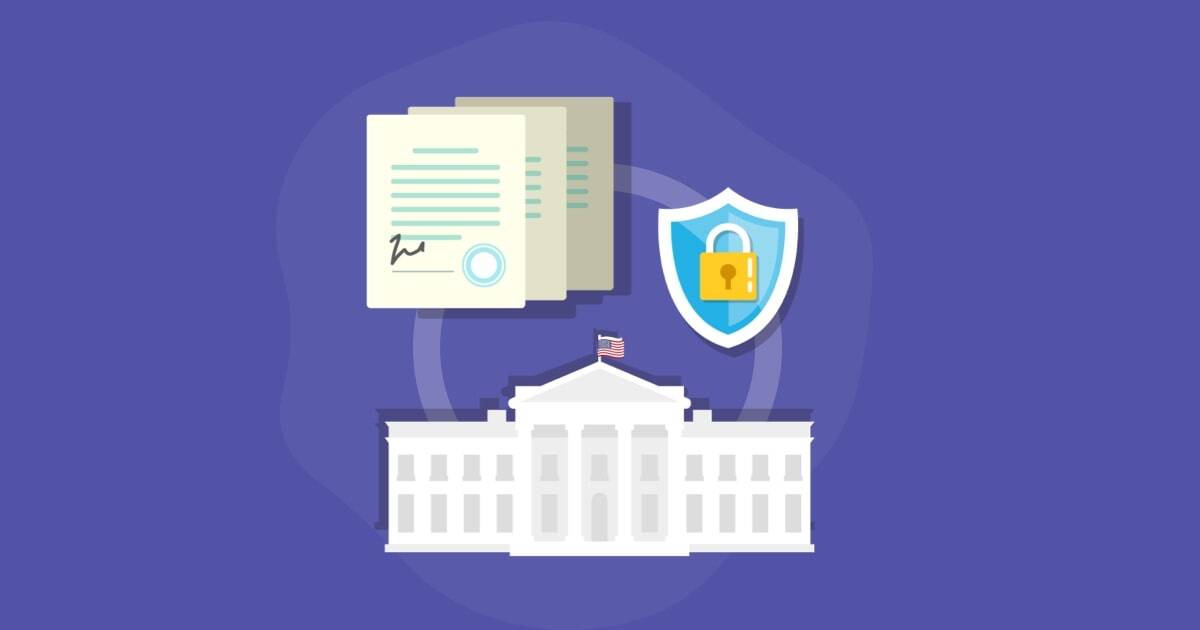On May 12, 2021, the Biden Administration released the Executive Order on Improving the Nation’s Cybersecurity. It’s important to understand that an Executive Order (EO) doesn’t mean automatic legislation for the private sector. Still, it’s worth knowing some of the proposed guidelines, as regulators often look to each other for best practices. In other words, these cybersecurity standards may begin at the federal level for government contractors, but will likely expand into the private sector.
Let’s review a few of the best practices laid out in the EO that can and should be implemented within your organization.
Share Insight into Threats and Incidents
The EO describes some of the current issues regarding the restrictions on how threat or incident information is shared with federal departments and agencies. It proposes that specific barriers are removed so that federally contracted IT (Information Technology) and OT (Operational Technology) service providers can share information about cyber threats and incidents. Standardizing common cybersecurity requirements among providers should streamline and improve vendor compliance.
How to apply this:
- Establish a standard policy that dictates how your vendors should report cyber threats and incidents.
Improve Communication with Cloud Service Providers (CSPs)
Section 3 in the EO covers the broad topic of “Modernizing Federal Government Cybersecurity.” Here we find some guidelines on cloud technology, which has expanded throughout the pandemic. The order describes adopting a “Zero Trust Architecture” when migrating to cloud-based technology. This method is based on the idea that any user accessing the network should have the least access possible. Nothing and no one should automatically be trusted, even within an organization. This also includes the principle of “never trust, always verify.”
How to apply this:
- Implement multi-factor authentication (MFA) within your network and make it a requirement of your vendor’s cybersecurity practices.
- Automate and standardize messages at each stage of authorization.
- Streamline vendor documentation through online accessibility and pre-populated forms.
Standardize Supply Chain Security
It should come as no surprise there is a section dedicated to supply chain security. In recent months, some of the most significant cyberattacks have been directed towards supply chains (SolarWinds & Colonial Pipeline), often with far-reaching consequences. The EO calls for more rigorous security testing and development of “critical software,” as outlined by the National Institute of Standards and Technology. Another notable requirement is the inclusion of a Software Bill of Materials (SBOM), either provided directly or published on a public website.
How to apply this:
The Executive Order on cybersecurity is a long and sometimes complex read. Still, it’s worth reviewing to understand some of the standards that may be implemented soon. By being proactive and implementing some of these best practices, you can be assured that your cybersecurity processes and your vendors’ cybersecurity processes will align with regulatory guidelines.
Ensure your organization is taking steps to be prepared against cybersecurity risks. Download the infographic.






.gif?width=1920&name=Sample-Graphic-Animation%20(1).gif)



